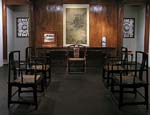| Ming furniture has clean, elegant lines with graceful curved details. Often lattice designs are used to create a light open structure. Carvings are minimal and restrained. During the later Qing era, elaborate carvings and figured open-work became the fashion, but during the Ming, the wood was allowed to speak for itself.
In this collection the primary wood used is huanghuali or yellow flowering pear 黄花梨木 (D. odorifern T. chel), a member of the rosewood family. Other woods that were commonly used were red sandalwood 紫檀木 (Pterocarpus santalinus), Siam or Thailand rosewood 酸枝木 (Dalbergia cochinchinensis), 乌木 Ceylon ebony (Diospyros ebenum), and kassod 鸡翅木 (Senna Siamea - earlier known as Cassia Siamea). All but the last became rare by the late Qing Dynasty and are in limited supply today. Senna Siamea is a fast growing tree and is being promoted as an ecological solution in many hot dry areas around the world. All of these are hardwoods and often have great color and figure.The choice of wood in furniture will dictate design to some extent. A fine, close-grained hardwood can be used to make light furniture with small joints. Extraordinary hidden joinery was developed to make strong stable pieces that combine curves with straight members, matching grain and color. An even grain structure is necessary for carved surfaces to prevent splitting or cracking and to give the knife a clean cut. Colored woods with a nice grain will give the piece a depth that cannot be duplicated with dyes, stains and certainly not with paint. Although not shown in this collection, inlay and carved lacquer designs were prized by the wealthy and royalty. Inlay materials could include rare woods, mother of pearl, stone, marble, enamel, agate, jade, and ivory. Lacquers were rubbed into carved designs and then rubbed flat to produce either the figure or just an outline. Both Ming and Qing furniture had a strong influence on English and French furniture, notably through Chippendale and Hepplewhite in the 18th century. Furniture moved from the heavy, almost bulbous, examples of the William and Mary period to furniture that was light and airy. The chairs, in particular, benefitted from the Chinese influence both in technique and design. Enough words, click on any image to tour the pictures... |
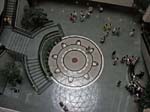
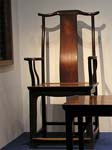 |
 |
 |
 |
 |
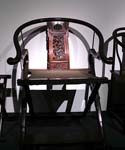 |
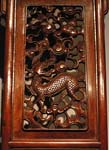 |
 |
 |
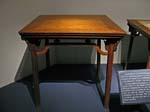 |
 |
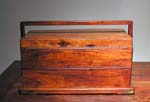 |
 |
 |
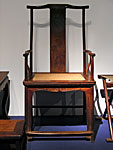 |
 |
 |
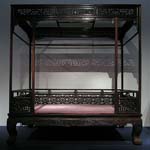 |
 |
 |
 |
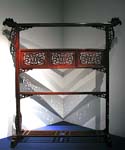 |
